Western CT State Ranks #1 in CT and #11 Nationwide in Promoting Social Mobility
/The increasing gap between rich and poor in the United States has led CollegeNET and PayScale to create a social mobility index (SMI) to “comparatively assess the role of our higher education system in providing a conduit for economic and social advancement.”
The results placed Western Connecticut State University #1 in Connecticut and #11 nationwide, in an analysis of more than 530 colleges and universities using these criteria. The SMI survey measured five factors relating to higher education: cost of tuition, opportunities provided to low-income students, graduation rate, early career salary for graduates, and the status of the university’s endowment.
Ranked at #11, Western was one of only three universities located in the New England states to break the Top 100 on the national list (the others were Babson College at #96 and Wentworth Institute of Technology at #98).
Western’s presence at the top of the list for Connecticut was by a sizable margin: the second-highest ranked Connecticut institution – UConn – came in at #143 on the national list, followed by Southern Connecticut State University at #195, the University of Hartford at #232, Sacred Heart University at #323, Connecticut College at #383 and Fairfie ld University at #396. Outside the top 400 from Connecticut were Wesleyan University, Yale University, Quinnipiac University and Trinity College.
ld University at #396. Outside the top 400 from Connecticut were Wesleyan University, Yale University, Quinnipiac University and Trinity College.
“This analysis demonstrates that Western is indeed fulfilling its goal to change the lives of our students,” said Western President James W. Schmotter. “When we succeed at helping students succeed, we also create positive, long-lasting change in our state and the nation as these young people move into their communities as employees and citizens.”
According to the published findings of the study, a “high SMI ranking means that a college is contributing in a responsible way to solving the dangerous problem of economic immobility in our country.”
Western officials indicated that the university’s ranking reflects a “desirable combination of low tuition, enrollment of a high proportion of students from low-income families, a good graduation rate with students obtaining desirable early-career salaries, and a commitment from the university to disburse financial aid, scholarships and grants to level the playing field for students whose families might not otherwise be able to afford a college education.”
The top-ranked institutions on the newly developed SMI rankings were Montana Tech of the University of Montana, Rowan Univers ity in New Jersey, Florida Agricultural and Mechanical University, Florida International University, and six institutions in California, including California State Polytechnic University, the University of California and Cal State.
ity in New Jersey, Florida Agricultural and Mechanical University, Florida International University, and six institutions in California, including California State Polytechnic University, the University of California and Cal State.
The report indicated that “while the much publicized student debt overhang, now in excess of $1 trillion, imposes distress and financial burden on millions of students and families, it is a symptom of the much greater problem of economic and social divergence in our country. The good news is that colleges and universities carry great potential to powerfully address this problem.”


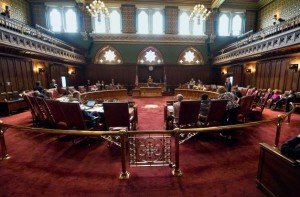
 Republicans. The House Speaker, House Majority Leader, Senate President Pro Tempore Senate Majority Leader, and Senate Republican Leader for the 2015 session are men, as was true in the previous legislative session. Connecticut has seen a woman Speaker of t
Republicans. The House Speaker, House Majority Leader, Senate President Pro Tempore Senate Majority Leader, and Senate Republican Leader for the 2015 session are men, as was true in the previous legislative session. Connecticut has seen a woman Speaker of t he House, but there has not been a woman selected to serve as Senate President Pro Tempore or Majority Leader.
he House, but there has not been a woman selected to serve as Senate President Pro Tempore or Majority Leader.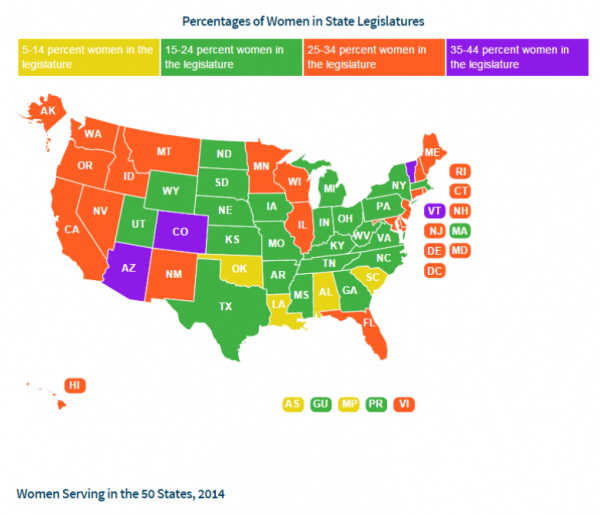
 t households unable to afford all of life’s basic necessities far exceeds the official federal poverty statistics. United Way calls this newly revealed demographic ALICE, an acronym for Asset Limited, Income Constrained, Employed.
t households unable to afford all of life’s basic necessities far exceeds the official federal poverty statistics. United Way calls this newly revealed demographic ALICE, an acronym for Asset Limited, Income Constrained, Employed. an double the official U.S. poverty level.
an double the official U.S. poverty level.



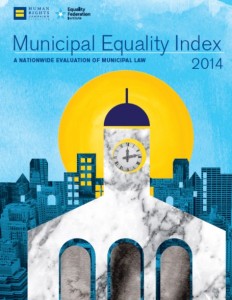
 with the Equality Federation, provide “a revealing snapshot of LGBT equality in municipalities of varying sizes, and from every state in the nation,” the report noted.
with the Equality Federation, provide “a revealing snapshot of LGBT equality in municipalities of varying sizes, and from every state in the nation,” the report noted. tive state laws.
tive state laws.
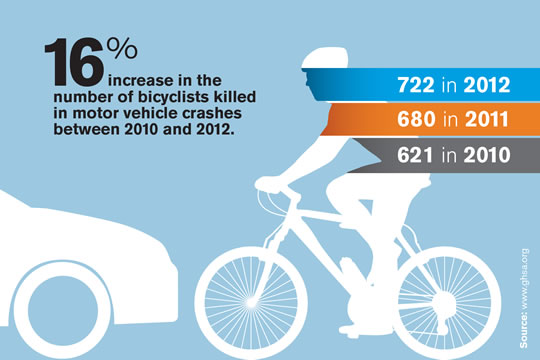

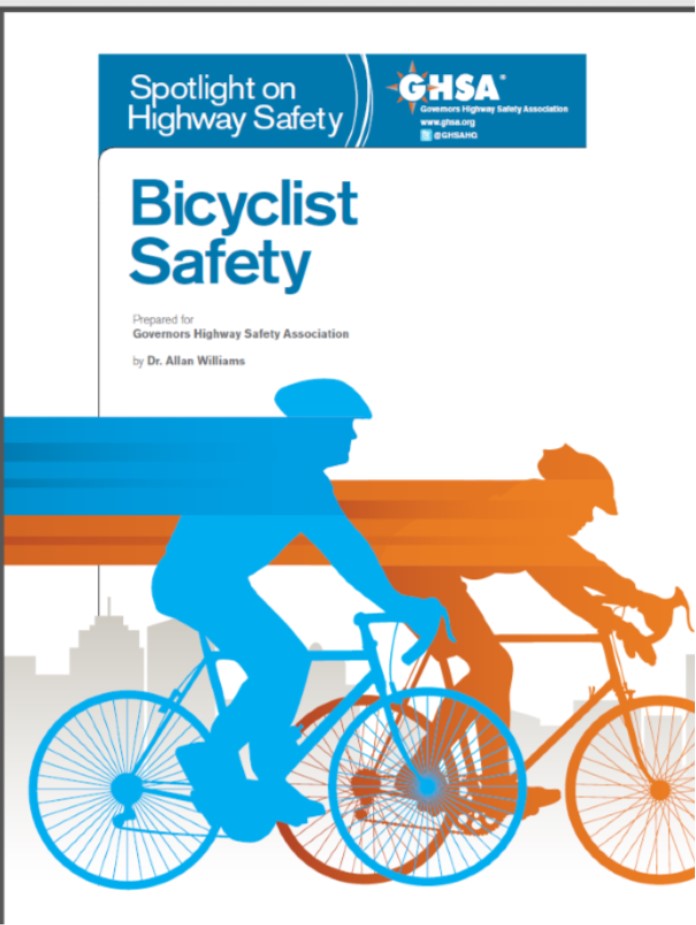 The new GHSA report indicated that in many states and urban areas, engineering measures are being adopted to accommodate bicycles on the road, “with the dual aim of protecting cyclists from collisions with motor vehicles, while encouraging cycling for its health and environmental benefits.”
The new GHSA report indicated that in many states and urban areas, engineering measures are being adopted to accommodate bicycles on the road, “with the dual aim of protecting cyclists from collisions with motor vehicles, while encouraging cycling for its health and environmental benefits.”
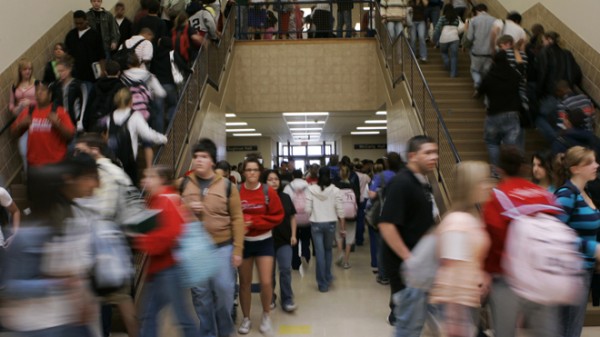




 ication sets out to “identify the most public-minded institutions,” utilizing the three criteria and a handful of specific measures in each.
ication sets out to “identify the most public-minded institutions,” utilizing the three criteria and a handful of specific measures in each.



























